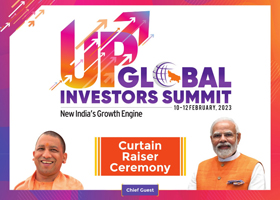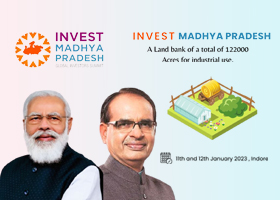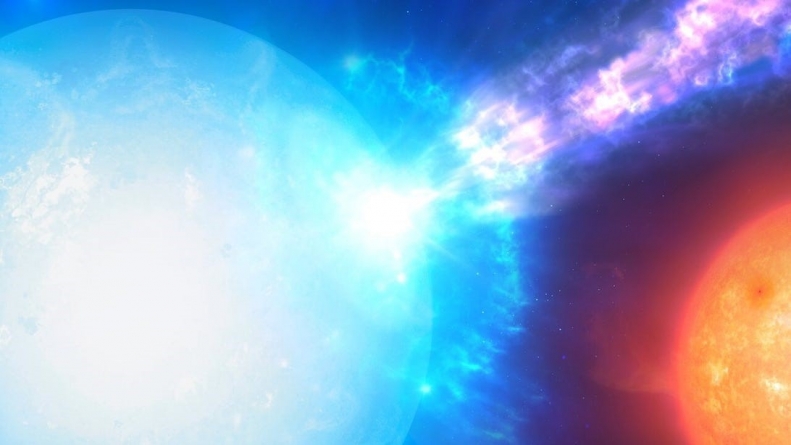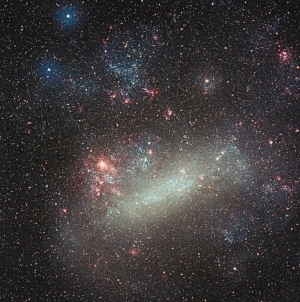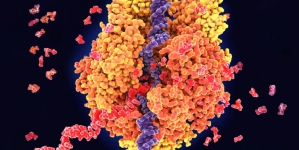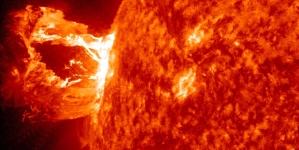-
LONDON: Indian-Origin Teen In UK Gets “Life-Changing” Cancer Treatment - 17 hours ago
-
SILICON VALLEY: All About Pavan Davuluri, New Head Of Microsoft Windows - 17 hours ago
-
LONDON: UK’s India Gate To Commemorate Role Of Indian Soldiers From World Wars - 2 days ago
-
HARARE: Shri Bramha Kumar appointed as the next Ambassador of India to the Republic of Zimbabwe - April 23, 2024
-
LONDON: Indian-Origin Principal Wins UK Legal Challenge Over School Prayer Ban - April 23, 2024
-
TORONTO: Indian-Origin Doctor Needs ₹ 2 Crore For Legal Fees. Elon Musk Responds - April 22, 2024
-
KINSHASA: India-Democratic Republic of Congo Foreign Office Consultations - April 21, 2024
-
LONDON: UK Court Allows Sale Of Nirav Modi’s Luxury London Apartment - April 21, 2024
-
TEHRAN: Travel advisory for Iran and Israel - April 20, 2024
-
LUXEMBOURG: Shri Saurabh Kumar concurrently accredited as the next Ambassador of India to the Grand Duchy of Luxembourg - April 20, 2024
PARIS: Scientists Spot New Type of Stellar Explosion That’s Small But Fierce
PARIS: Astronomers have spotted a new type of thermonuclear explosion on the surface of distant stars. It’s called a “micronova,” and it’s smaller than a classical nova or dazzling supernova but still powerful enough to burn through entire mountain ranges in a few hours. Researchers led by Simone Scaringi at Durham University’s Center for Extragalactic Astronomy spent months puzzled by data from NASA’s Transiting Exoplanet Survey Satellite. TESS is used to search for planets around other stars by taking a close look at the light from those stars for dips in brightness that could be caused by other worlds passing in front. But at least three stars TESS observed showed unusual bursts in brightness lasting for just a few hours at a time. “We couldn’t explain it until we made, finally, a connection that these may be thermonuclear explosions happening on accreting white dwarfs,” explains Scaringi, who’s lead author on a study published in the latest issue of the journal Nature.

